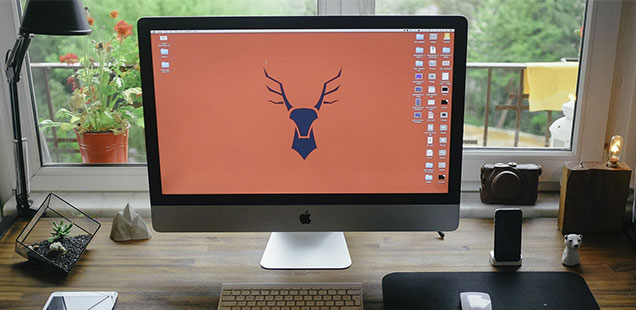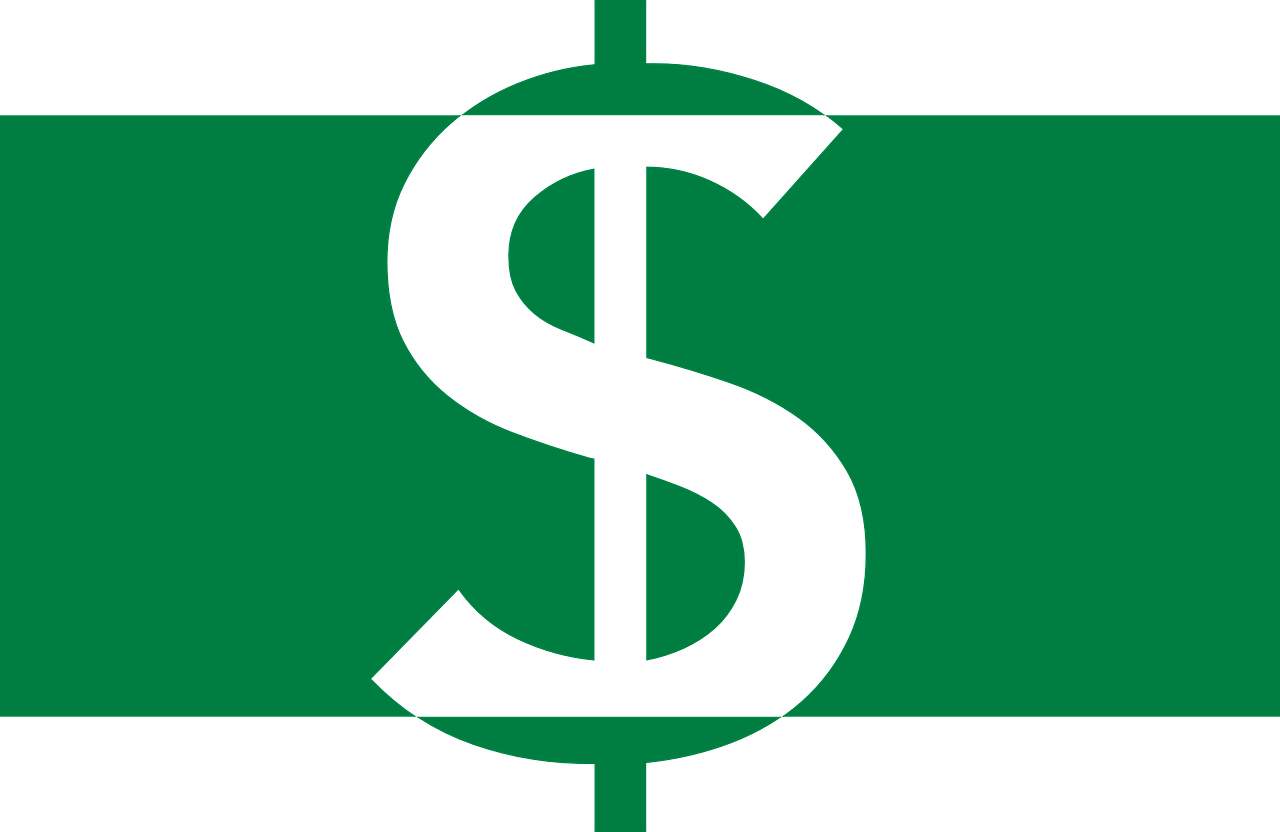Setting Your Freelancer Rate
Setting your freelancer rate is far from an exact science and there isn’t one “right” way to do it. As a team who has collectively worked in the freelance industry for more than a few decades, however, we decided to write a blog post with our advice on how to determine your freelancer rate.

“How do I set my freelancer rate? What should I charge clients on goLance? How do I determine what to charge?”

We have had multiple freelancers email us over the past week asking about the best way to set their rate as a freelancer. Setting your freelancer rate is far from an exact science and there isn’t one “right” way to do it. As a team who has collectively worked in the freelance industry for more than a few decades, however, we decided to write a blog post with our advice on how to determine your freelancer rate.
Step #1 : Look at Market Rates
The first step towards determine your freelancer rate is to look at the current market rates. These can vary drastically in each profession so you need to determine why the rate varies. For example, if one freelance web designer is earning $15 per hour while another is earning $25 per hour and yet another is earning $300 per hour…find out WHY. Is it because the freelancer with the greatest rate has a number of large brand clients such as Nike or Net-a-Porter? Is it because the most financially successful freelancer has been in the business for fifteen years? Or does this freelancer not only design websites but also tackles complex developer issues for his or her clients?
When you know why a freelancer sets their rate where they do, you are better able to determine where you fit in the market. Remember, rates will vary across project and for individual freelancers so it is important to take an overall look at what the market rates are. You can also look to trade publications to determine what the market rate might be in your particular freelance field. For example, the Editorial Freelancers Association has standard rates for editors. This simple EFA chart shows the specific variations across the field from developmental editing to website copyediting and basic copyediting to fact checking. Freelance editors can use this chart to determine their own rate.
Step #2 : Evaluate Your Experience & Expertise Levels
Every freelancer charges a rate based on not only the market rate for work in his or her field, but also based around his or her experience and expertise level. For example, new freelancers who are also inexperienced will often charge rates that are below the market rate in order to gain experience. New freelancers may also choose to set rates lower in order to win jobs on freelance job platforms and boost their overall rating on the platform. After two or three jobs with good feedback, the freelancer may raise his or her rate to meet market rates. As you look to set your own freelancer rate, you need to consider what your experience level and expertise level are within your freelancer field.

Experience matters more in different fields. In some fields, if your expertise is high then you can start charging higher rates immediately. In other fields, your experience level is more important to landing the job. Determine whether or not your freelance field requires a few years of experience before you can work at market rates. For example, a website owner may hire a new writer to write their blog posts if they can see that the writer has a strong working knowledge of how to write great blog posts. However, if the website is interested in SEO or in sales conversions based around the writer’s blog posts, then the website owner may want to find a freelance writer who is experienced in this type of work. In other words, the website owner wants to see what the freelance writer has accomplished with former clients. The importance of experience may vary with clients and may prompt you to set two freelancer rates.
Expertise is crucial when it comes to setting freelancer rates and is often more important than experience. If you are knowledgable in a field and have an extensive portfolio that can demonstrate your abilities, clients will hire you and give you a chance to build experience. If you do not have experience in a field, but have the expertise to do the job well, then create your own “experience.” For example, if you are a talented web designer but you have yet to win your first client, purchase a few domains on your own. Create two or three different websites on these domains that showcase your abilities as a web designer and use these in your portfolio. If your expertise is strong and is demonstrable, you can set a higher freelancer rate.
Step #3 : Identify Your Income Needs
You cannot set a rate based only on your income needs, but you can take your income needs into consideration when setting a rate. For example, if you were going to charge $10 per hour as a new freelancer, but $12 an hour is what you really need to pay your bills…then think about ways that you can boost your freelancer rate to $12 an hour. If you learn new skills or work in a more specialized market, can you boost your rate and meet your income needs? Two of the mistakes that new freelancers often make? 1) They set a rate that is too high because they based the rate solely on their income needs and not on their actual experience/expertise/the current market rate (therefore they do not get work) and 2) They set a rate that is too low and cannot meet their income needs (even if they were able to work 50 hours a week). Don’t make these mistakes.
 Your income needs are also an important consideration if you are considering leaving a salaried position to pursue freelancing full-time. If you intend to replace your salaried income as a freelancer, you need to determine what freelancer rate would allow you to do so. At the same time, you need to make sure that this rate matches or is in line with market rates for your field as a freelancer. We recommend trying freelancing on the side before quitting your job to ensure that you can make a livable income. Some people are perfectly happy freelancing and working a part-time or full-time salaried job so make sure that full-time freelancing is for you before you say “adios!” to your current job.
Your income needs are also an important consideration if you are considering leaving a salaried position to pursue freelancing full-time. If you intend to replace your salaried income as a freelancer, you need to determine what freelancer rate would allow you to do so. At the same time, you need to make sure that this rate matches or is in line with market rates for your field as a freelancer. We recommend trying freelancing on the side before quitting your job to ensure that you can make a livable income. Some people are perfectly happy freelancing and working a part-time or full-time salaried job so make sure that full-time freelancing is for you before you say “adios!” to your current job.
Step #4 : Review Your Marketing Materials
Your marketing materials include your resume, your portfolio, your goLance profile page, your website (if you have one), and any other materials that you use to market yourself and earn work. You can change your marketing materials or create new ones at any given time so you may be asking yourself, “Why would marketing materials help me determine my rate as a freelancer?” Your marketing materials help you determine your rate as a freelancer because they help clients determine how much they are willing to pay you for your work. If you are a talented programmer, but you can’t offer any samples of your work, do not have a resume that lists your training, and are unable to list any references…will clients really be willing to pay you $50 – $100 for your work? Unlikely. There is another talented programmer out there who is submitting marketing materials that include a resume with his background and a few samples of apps that he has programmed. Why should a client choose to work with you if they cannot verify that you can do the work let alone choose to pay you a high rate for your work?
The good news is that you can change and update your marketing materials. If you look at your materials and realize that they need work, then take a day to sit down and create new materials. It’s never too late to revise your marketing materials. If your marketing materials are strong, they will help sell you AND your freelancer rate.
Step #5 : Set Your Freelancer Rate & Begin Earning
Once you have your freelancer rate set, it’s time to begin earning. Start applying for jobs and connecting with potential clients. We recommend that new freelancers apply to as many jobs as possible (with quality proposals!) to increase their chances of winning work. Once you have a client base and a pipeline of freelance work, you can pull back on applications and focus primarily on your work.
Did this blog post on “Setting Your Freelancer Rate” help you? Let us know in the comments below how you set your freelancer rate. We would love to hear from you!
